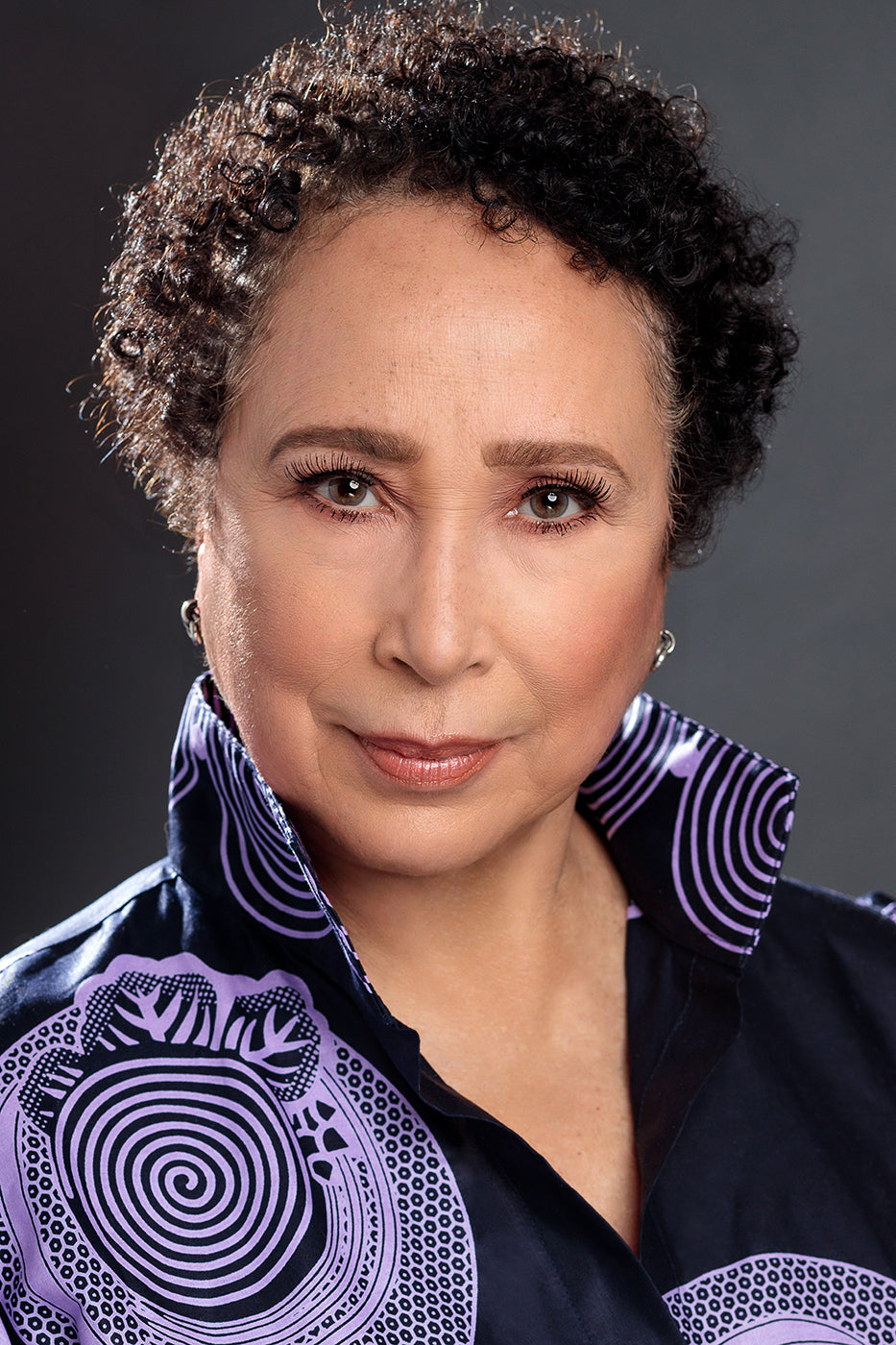Congratulations on your 13 fruitful years at Dance Theatre of Harlem. How do you feel?
Friday [June 30] was my last day. I’ve started unpeeling all the layers. And it’s been fascinating, realizing how many layers there were and how constricting that job was. I mean, I had a wonderful time. And I’m so thrilled that we have a company and that things are going well. Robert Garland is really the right person to take the dancers to the next place. There’s nothing negative. That said, I had to put myself into a pretzel to do that job, and I wasn’t even aware of it. We talk about how humans compartmentalize, and I’m having the physical experience of what that means.
You came in at such a crucial moment—the company had been on hiatus, and you had to bring it back.
We needed a company. I think I’ve said this in every interview: This was not something I wanted to do. Every pore in my body was screaming no! But it was necessary, and there was no way I could say no. However, I had no idea what it would be like to be an artistic director; I had no idea what it was to make a company.
You had already helped to start a magazine, Pointe, in 2000.
Absolutely, and I think that if it hadn’t been for my experience at Pointe, I wouldn’t have been able to do it. I would have been too overwhelmed. That said, my experience at Pointe was like heaven. Julie Davis and Michael Weisskopf wanted to create a ballet magazine, and they had the machinery and they had the support. But they didn’t know anything about ballet. So they really needed me to say what it should be. And then they taught me how to do it. I got a chance to look at the field not as a performer but as someone who is looking at everything that is happening, and who does what, and how does it work, and what’s working over there and what’s not.













comments